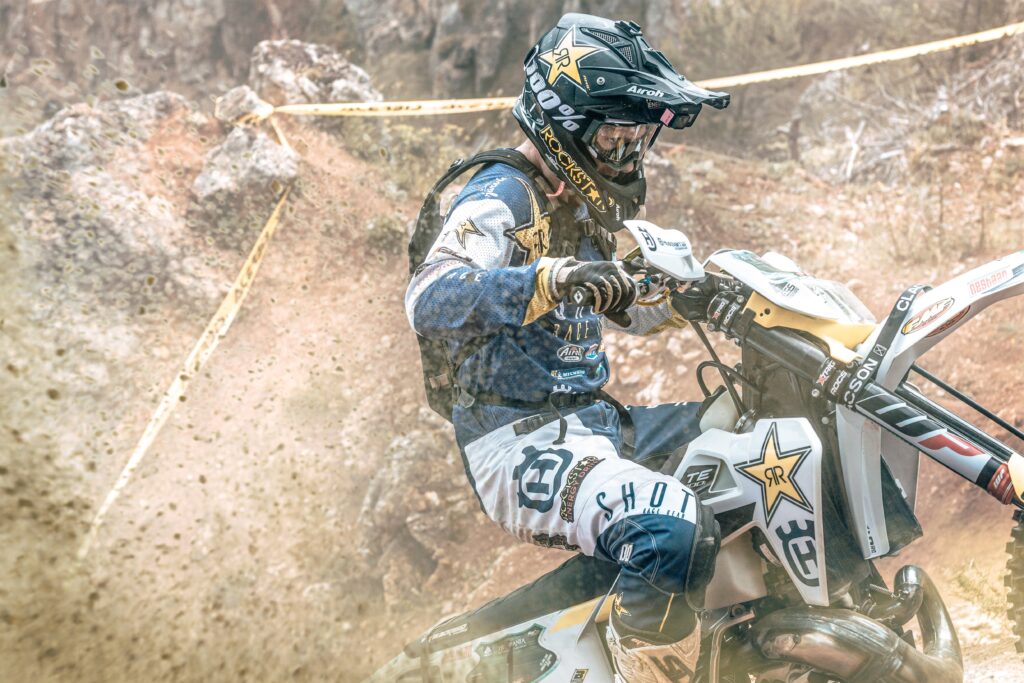Why Are Dirt Bikes So Expensive Right Now?
Since its invention, the bicycle has gone a long way of evolution from an ordinary “boneshaker” to a real miracle of engineering. For a long time, the construction of the bicycle remained primitive and uncomplicated, and its main purpose was to move on extremely flat roads.
The advent of mountain biking in 1970 was the impetus for the cycling revolution. Cycling enthusiasts began to explore the rugged terrain. It turned out that on a bike you can freely ride on steep slopes, loose sand and mud. Thus, new disciplines emerged in the world of cycling. Dirt jumping and street racing are becoming more and more popular every day. And today we will talk about bikes that blur boundaries and open up new horizons. Dirt bikes are the main characters of this article.
Why have bicycles become more expensive in 2021?
Attention! If you are planning to buy a bike, do not “delay” the choice! Many cyclists are now slowly looking for a new bike model, expecting to wait a month or two, waiting for different promotions, as in previous years, and price reductions. The future buyer, as usual, thinks that the supply will exceed the demand. But that won’t happen in 2021! “Why?” you ask.
Main reasons:
The main thing that everyone is wrong about is that the price of the bike will be “thought up” by the store when it is sold. No, the final retail price is made up of many different factors:
-Frame cost;
-The cost of components that are manufactured at different factories and are delivered for more than one week to the assembly line from the USA, China, Taiwan and other countries;
–Logistic and transport services;
-Customs fees;
-Recycling fee;
-Assembly service costs;
-Advertising costs;
-and many others…
Characteristics of dirt bikes
So, how do dirt bikes differ from regular and mountain bikes? Let’s take a closer look at the design features:
Frame. The base of the bike must be able to withstand extremely high loads. It should be borne in mind that while performing tricks, the rider jumps from a sufficiently large height. Not every aluminium pipe is capable of withstanding powerful shocks and other mechanical influences. Professional athletes often choose frames with variable wall thickness, where the thicker layer is in the most vulnerable areas. There are also decent options for frames made of aluminium alloy. They are not as durable as chrome or carbon, for example, but are quite suitable for beginner riders who are just learning the essence of extreme cycling.
Frame geometry. And this is where the clear difference between classic, mountain bikes, and their extreme sports modifications begins to emerge. What’s more, experienced riders can clearly see the difference in geometry between street and dirt bikes. The main difference is the length of the top tube. For dirt bikes it is 570–590 mm, the rear triangle is limited to 410 mm, and the steering column tilt angle is 68–70 degrees.
Carriage location. For dirt bikes, the bottom bracket is at the same height as the hub, and sometimes just below it. This allows for a lower centre of gravity, better acceleration and predictable flight behaviour.
Wheel diameter. One size fits all disciplines – 24 inches. But here, too, there were significant differences. So, for the assembly of dirt bikes, the following scheme is used: the diameter of the front is 26 inches, and a 24-inch wheel is placed in the back.
Fork type. In bikes of this type, there are only two types of forks: rigid or shock-absorbed.
Steering wheel. In this component, the main parameter is width. And it depends on the size of the rider. In particular, for male athletes the optimal handlebar width is 700 mm, for women and adolescents – 680 mm. The type of fork also matters: for a rigid type, the height of the handlebar should be at least 3 inches, for a shock-absorbed one – at least 2 inches.
Brakes. Someone will say that they are not needed at all on bikes of this kind. In part, there is some truth in this – experienced athletes who are confident in their strengths and capabilities of the bike do not really need a break (it only increases the weight of the bike). But for novice riders who hone their skills, brakes are a must-have. Disc brakes provide sufficient safety. Mechanics or Hydraulics? Here, everyone has the right to decide for themselves what is more convenient and practical to use. But let’s say that the mechanics are easier to maintain at a time when the hydraulic brakes are more convenient in terms of operation.

Recommendations about selection:
So, you are going to master the extreme cycling technique and even manage to achieve some results. Which bike will fully meet the rider’s needs? A good quality dirt jump bike must be tough, manageable, responsive and of impeccable performance. But other parameters should also be taken into account:
The height of the cyclist. This is one of the main criteria for choosing a bike. Frame size is critical. Cyclists taller than 180 cm should be considered large, with wheels of at least 26 inches.
Rubber type. Here you need to take into account the specifics of a particular discipline. It is clear that in dirt-jumping the wheels will ride on loose soil, and in the street – on smooth asphalt. But in both cases, the rubber must be of high quality, and the wheels should be with double rims. Experienced riders recommend using tires with a pronounced tread pattern or regular slick tires for dirt. For extreme cycling in the stone jungle, ordinary slicks are also suitable.
Transmission and number of gears. For some reason, manufacturers still prefer to offer the consumer serial dirt bicycles equipped with a multi-speed transmission. As practice shows, this option often becomes superfluous, making the bike heavier. But that is not all. To make matters worse, the presence of a multi-speed drivetrain takes away strength from the frame and other components. This is most often done in order to save money. True, it is not clear how this economy is manifested specifically. Therefore, we recommend looking for a bike without unnecessary components.
Frame and fork material. As you probably already understood, practising dirt jumping is not a cheap pleasure. The manufacturer must release a bicycle that is reliable, that will not allow the rider to be injured. Accordingly, the material for the frame and fork is clearly not aluminium. And if it is, then the highest quality alloy that provides high strength and resistance to mechanical stress. The best option is chromol.
Conclusion
Summing up, we can say that dirt jumping is a separate category of extreme disciplines, associated with certain risks and injuries. Therefore, specific types of bicycles appeared that can withstand dynamic loads and difficult operating conditions. Make sure to carefully choose the right one for you.





